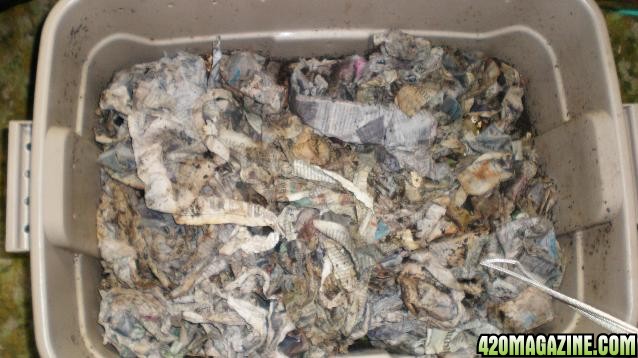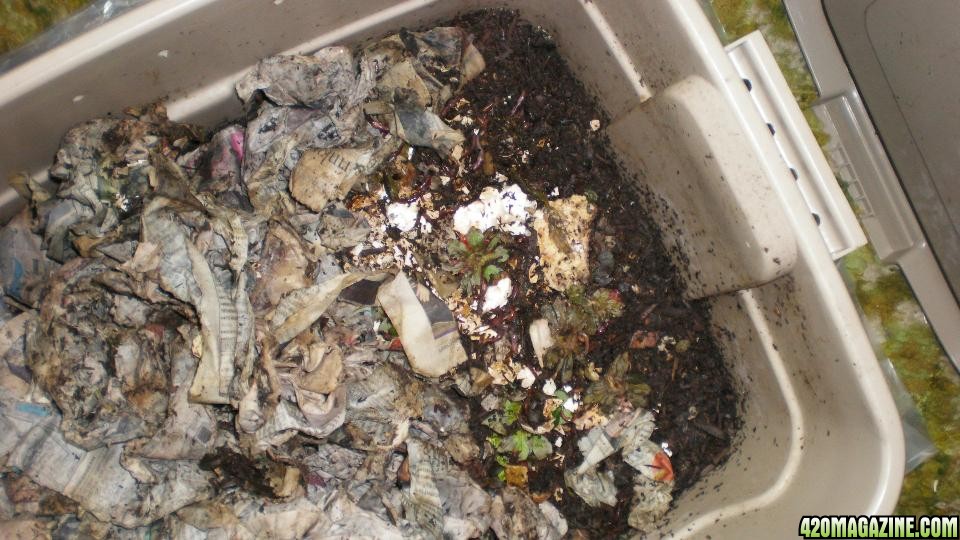newoldguy
Well-Known Member
Re: Atrain's Going Organic! - Prep & Grow Journal - Empty Compost Bins to Buds in a J
Here's a couple of shots of my w-b.

I keep the top covered in old newspaper (dampened) it's the way I got it and it works well.

Here's a couple of shots of my w-b.

I keep the top covered in old newspaper (dampened) it's the way I got it and it works well.






 Is my compost heap big enough?
Is my compost heap big enough? I've listened to about 50 of his podcasts.
I've listened to about 50 of his podcasts.